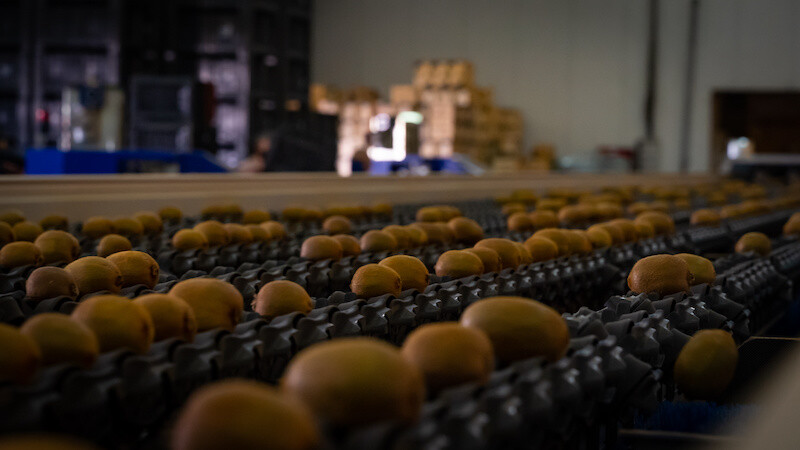Product data is being demanded by export markets – is this New Zealand’s next export market challenge?
Global markets for food are increasingly demanding standardised product data from farmers, processors and suppliers. For New Zealand and other food exporting nations, meeting these demands is becoming critical to market access, competitive advantage and national income. This poses the question: is meeting increasing product data requirements New Zealand’s next export market challenge?
GS1 standards are being leveraged by exporting nations
GS1 standards have a key role to play in enabling New Zealand businesses to export products to the world, with GS1 Global Trade Item Numbers (GTINs) and Global Location Numbers (GLNs) widely used in production and trade – these are being leveraged in other countries to help businesses exporting product such as Australia and China.
For all nations exporting, the way forward is to build digital and data capabilities that enable interoperability, transparency and traceability within and between national economies. This is particularly relevant in a world increasingly focused on food safety and security, on product provenance and sustainability, and on control and efficiency of global trade.
Australia and China move on digital plans
Other nations are doing exactly this. In 2023, Australia adopted a National Agricultural Traceability Strategy. This established one nationwide platform for interoperable traceability systems across red meat, seafood and fresh produce sectors. The Australian Government spells out the purpose in simple terms, “to improve food safety, access premium markets, enhance transparency, and support trade”.
In Australia, initiatives like AgTrace are being piloted which embed global data standards for identification and data sharing – most prominently GS1 Global Trade Item Numbers and Global Location Numbers (GTINs and GLNs). AgTrace is designed to help Australia meet European Union deforestation rules, automate compliance with trade regulations, create “digital product passports” and much more.
Meanwhile in China, China’s National Smart Agriculture Action Plan (2024-28) is digitalising farming and related supply chains for the purposes of domestic food security and export competitiveness. Its first phase will bring 10,000 farms and 1000 processing plants onto one national data platform that enables real-time data collection and sharing, traceability across crops, livestock and fisheries, and system interoperability for a host of other functions.
A call to go faster in New Zealand
New Zealand businesses are familiar with GS1 identifiers and standards for data capture and sharing. These are in common use across much of our economy and export industries. However, New Zealand might need to go much further and faster with global identification and data sharing standards for agriculture, ensuring these are built into digital and data capabilities that meet export market information demands as these demands increase. We suggest New Zealand needs more digital infrastructure designed to promote interoperability of systems for participants in food producing and exporting sectors.
GS1 has the basic building blocks for the data systems that are increasingly demanded of our producers and exporters and it seems a coordinated all-of-sector approach would be beneficial for businesses exporting product.
The opportunities seem significant for sector leaders to go further with the building blocks already to hand – and for government to drive a global standards-based, least-cost national approach to meeting the world’s growing information demands.



